Oregon, we have a problem.
Anyone with a search engine can piece together how much THC certain strains produce and what their characteristics are. Oh wait- there’s an app for that… or dozens, I lose count these days.
Nefarious lab results are rampant in our communityLet’s take one of my favorites, Dutch Treat; relaxing, piney and sweet with a standard production of 18-25% THC, according to three different reviews online. So, did I raise an eyebrow when I saw Dutch Treat on Oregon shelves labeled at 30% THC? Did I take it in to an independent, accredited lab and have it tested for accuracy? You bet your inflated potency results I did! The results? Disappointing.
Nefarious lab results are rampant in our community; it is hurting every participant in our industry affected by the trade, commerce and consumption of recreational cannabis.
“I have had labs ask me what I want my potency numbers to look like and make an offer,” says David Todd, owner and operations manager of Glasco Farms, a craft cannabis producer in central Oregon. “It’s insane- I want to stand behind my product and show through scientific fact that I produce a superior flower.”
But without enforcement of lab practice standards, producers are being pressured to play dirty. In her third year cultivating at a two-tier recreational cannabis farm, a producer who wished to remain anonymous sent me an email about the pressures she is up against to produce high THC strains:
“The only sure way to get my product on the shelf at a profitable price is with THC 25% or above. Not a lot of strains have that potential, but the market has plenty with 28% to 32% floating around so I have to go with the same labs as the rest of the independent farmers to get the best numbers I can. The lab I use … return(s) good numbers.”
Those “good numbers,” aka high THC %, are the driving force of sales. A strain tests at 20% THC and it sells for $1,000/lb. Then it tests at 25% THC, and sells for $1300/lb. You produce cannabis for sale- this is your business. And labs are telling you that they can manipulate samples and reports to make you more money. Everyone else is doing it. If you don’t, your product isn’t “good enough” to sell. What do you do?Labs should operate ethically.
It’s a vicious cycle perpetuated by lies, lack of enforcement resources, coercion and undereducation. We are all responsible. Yet, ask who the source of the problem is and everyone points fingers across the circle.
The consumers are uneducated about cannabis and only focus on THC. The dispensaries and budtenders should be educating them. Producers should take a stand and use an honest lab. Labs should operate ethically.
I repeat: Oregon, we have a problem.
It’s time to stop living in a land where Dutch Treat is hitting 30% THC. It’s time for everyone to demand auditing and ethics.
Laws have been set forth on how to sample, prep, test and report analyses for cannabis to ensure fair commerce, consumer health and public safety. But there’s a clear need to blind test the different labs, and for unbiased, third-party research and development.
As federal eyes turn to the Oregon to investigate black market activity, regulatory bodies are tightening their grip on licensees to maintain legal validity and avoid shut down.
The time to demand change and integrity is now.The crack-down began on August 23, 2018, when the OLCC investigated several prominent producers’ practices. Black market distribution incurred the harshest penalty; the OLCC revoked their wholesale license due to multiple violations.
“We want good compliant, law-abiding partners as OLCC marijuana licensees,” says Paul Rosenbaum, OLCC Commission Chair. “We know the cannabis industry is watching what we’re doing, and believe me, we’ve taken notice. We’re going to find a way to strengthen our action against rule breakers, using what we already have on the books, and if need be working with the legislature to tighten things up further.”
Trends in METRC data lay the foundation for truth, and it’s time to put it to use. “The Cannabis Tracking System worked as it should enabling us to uncover this suspicious activity,” says Steven Marks, OLCC Executive Director. “When we detect possible illegal activity, we need to take immediate steps …”
Potency fraud might not be at the top of the list for investigation, but labs and producers are breaking the law, and there will be consequences. ORELAP and OLCC have the right to investigate and revoke licenses of labs that are falsifying data and consumers can file claims with the Department of Justice.
The time to demand change and integrity is now.
![]() ISO 17025:2005 has long been the standard that labs seek accreditation to, but their newest 2017 edition was recently rolled out and introduced to the market. The new 2017 standard includes some broad changes to terminology, process approach, scope, and it importantly introduces the concept of risk-based thinking.
ISO 17025:2005 has long been the standard that labs seek accreditation to, but their newest 2017 edition was recently rolled out and introduced to the market. The new 2017 standard includes some broad changes to terminology, process approach, scope, and it importantly introduces the concept of risk-based thinking. Tracy Szerszen, president/operations manager of PJLA, says the newer standard also includes a provision for a quality management system review among other changes. “We are making sure they are following the standard from a technical standpoint, meaning they have the right equipment, the appropriate personnel and also have a quality management system,” says Szerszen. “November 29, 2020 is the deadline for moving to the new 2017 standard.”
Tracy Szerszen, president/operations manager of PJLA, says the newer standard also includes a provision for a quality management system review among other changes. “We are making sure they are following the standard from a technical standpoint, meaning they have the right equipment, the appropriate personnel and also have a quality management system,” says Szerszen. “November 29, 2020 is the deadline for moving to the new 2017 standard.”

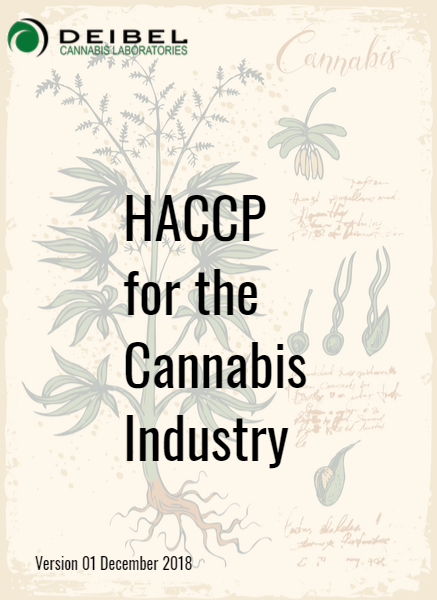



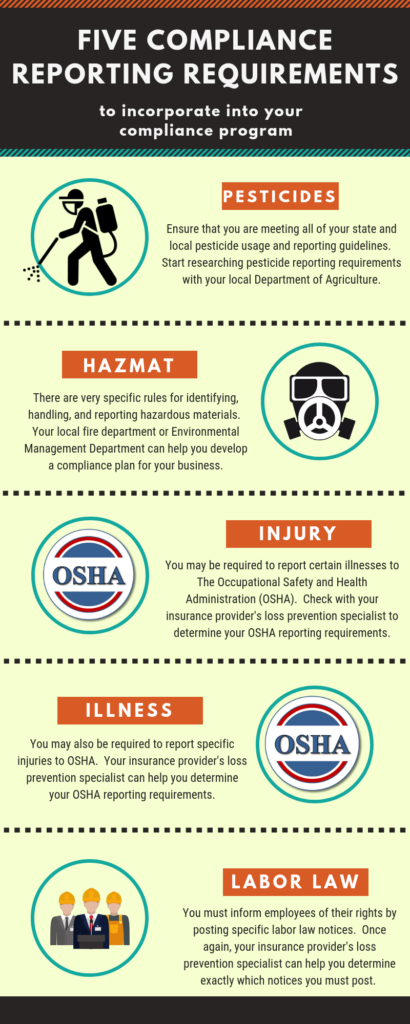





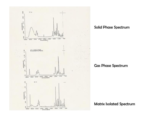
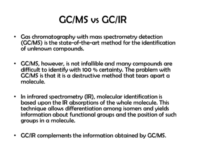
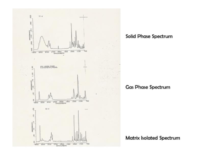

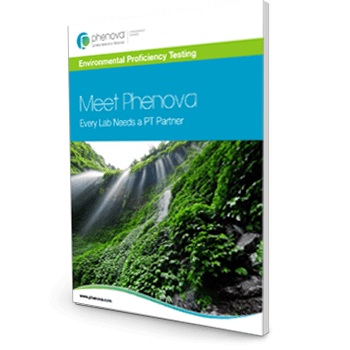
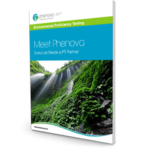
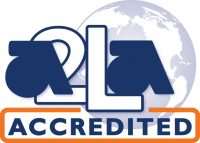









 The California Cannabis Track-and-Trace system (CCTT) gives state officials the ability to supervise and regulate the burgeoning cannabis industry in the golden state.
The California Cannabis Track-and-Trace system (CCTT) gives state officials the ability to supervise and regulate the burgeoning cannabis industry in the golden state.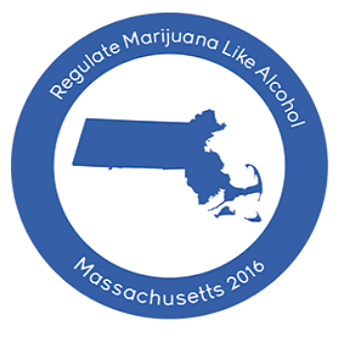
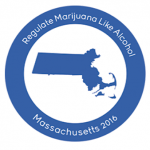
 While this marks
While this marks 